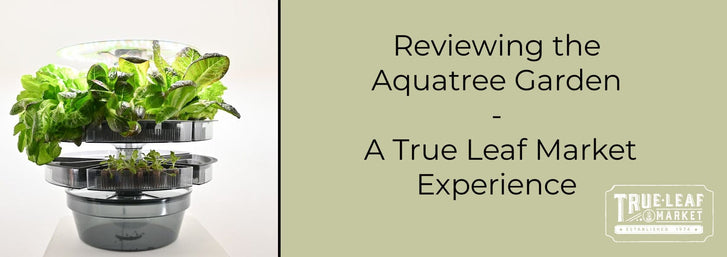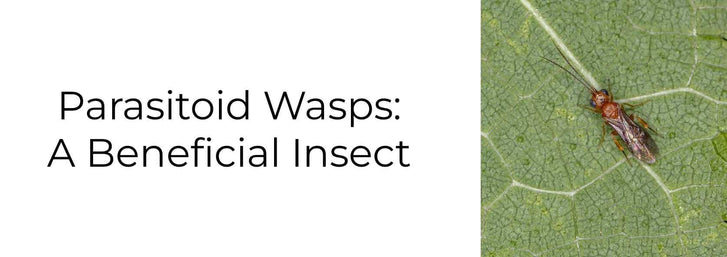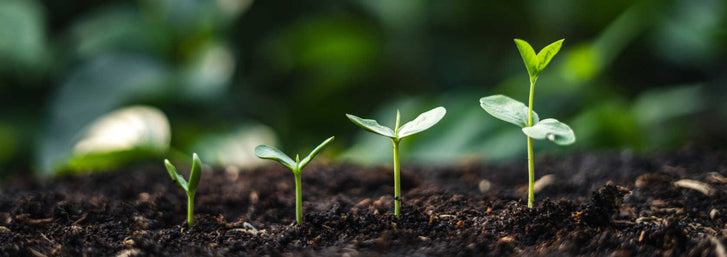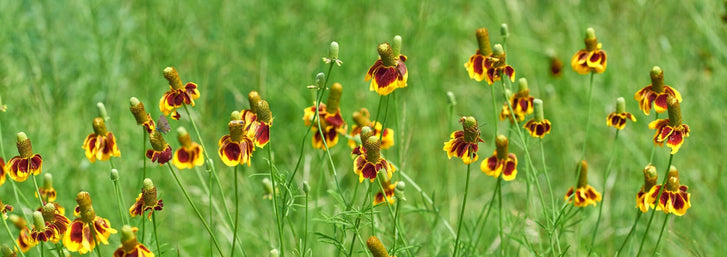
Erica Groneman

Popcorn is a beloved treat at our house. Have you ever tried growing, harvesting, and preserving your own? True Leaf Market has several popcorn varieties you could try. Lately we have been obsessed with the Rainbow Jewel Popcorn. It not only makes perfect popcorn, but it can also be grown to display its beautiful colored ears of corn. Rainbow jewel is a cross between glass gem and white varieties. With this cross, no two ears of corn look the same making this a great ornamental and popcorn variety. Popcorn is fun for kids and a great new challenge for any gardener. To grow your own popcorn, follow these simple steps.
Use Unprocessed Popcorn Seeds: No, you cannot grow the popcorn seeds you buy in the grocery store. The popcorn you find in the snack isle has been sterilized making it unable to grow when planted. To grow your own popcorn, make sure to use corn seeds of a popcorn type. They are actually different from sweet corn varieties. Popcorn is one of the oldest types and had to be popped in order to be edible. Because of their resiliance, popcorn kernals are often able to be popped after long periods of time.
Sow Corn With Several Rows: Like all corn, popcorn needs other corn to pollinate. Direct sow at least 4 rows 18-24 inches between rows 1 inch deep and about 6-8 inches apart. Be careful not to plant your popcorn within 300 feet of another corn variety or they could cross pollinate.
Thin Plants: At about 5 inches tall, thin plants to about 12 inches apart.
Regular Care: Follow the recommended water and fertilizing instructions per the variety you choose to grow.
Corn Matures and Dries: Let the popcorn stay on the stalk to dry as long as possible before freezing temperatures come. The husk will turn yellow and brown and you should not be able to press your fingernail into a kernel; otherwise it isn’t ripe yet. Be aware, popcorn takes much longer to mature than sweet corn.
Watch For Rain and Freezing Temperatures: If it’s threatening to freeze or if it is raining while the popcorn is trying to dry, harvest the popcorn and bring it inside to dry. Husk the popcorn and put the cobs in a mesh bag then hang to dry.
Test the Kernels Weekly: Once a week test the popcorn to see if it is done by popping a handful of kernels at a time. If it is chewy or otherwise doesn’t pop properly, it most likely needs more drying time. The popcorn is ready to store when the popcorn pops up crisp and fluffy.
Harvest Kernels and Store: When the popcorn seeds are sufficiently dry, remove the seeds from the cob and store in an airtight container.
About the Author

Hi, I’m Erica Groneman. I am a mom, volunteer, and a gardener. There’s something satisfying about getting my hands dirty and watching things grow. I believe gardening is universal and crosses all boundaries, bringing us all together. I hope we can share in the joy of growing together. Thanks for stopping by!
Become a True Leaf Market Brand Ambassador! You’ll enjoy awesome perks, free products and exclusive swag & offers! Help us create a gardening revolution and help others experience the joy of growing!
Leave a comment
Your email address will not be published. Required fields are marked *
5 comments
Sarah Showers
The popcorn article is so interesting! I had never enough thought about growing popcorn. Now I know what me and my 3 year old are going to do this year!
Kim
Thanks for this! I’m looking forward to making my own popcorn this year. I already have my 2023 True Leaf Market seeds.
Daniel Hart
Do you know if certain corn varieties would be safe from cross pollination? I would love to grow some popcorn, but don’t think I want to give up my other corn!
Kathie Hitt
This is amazing! I had no idea you could grow your own popping corn. Will be definitely adding to my fall gardening plan to surprise my family. Thank you!
Erin
I am really excited to grow my own popping corn this year. This article was very helpful. Curious how close too close would be from our sweet corn to our popping corn. I don’t want cross pollination to happen.
Further Reading

Reviewing the Aquatree Garden: A True Leaf Market Experience
The AquaTree Garden is an innovative growing experience! This nifty appliance allows you to grow leafy greens, microgreens, herbs, large sprouts, and vegetable starts (like tomatoes) all at once! When it comes to indoor gardening, there is no question ...

Ashleigh Smith
2024-04-225 min read1
Parasitoid Wasps: A Beneficial Insect in the Garden
Written By Lara Wadsworth There are estimated to be around one million different species of parasitic wasps worldwide. In fact, most wasps are parasitic, which means they live on or in a host at the host's expense. For common garden pests like aphids, ...

Ashleigh Smith
2024-04-226 min read0
Succession Planting: The Key to a Continual Harvest
Do you find yourself harvesting large amounts of any given vegetable from your garden all at once? There is a solution! The practice of succession planting, or planting in segments over a period of time, allows you to harvest root vegetables, leafy gre...

Ashleigh Smith
2024-04-223 min read1
10 Natives of the Southwest USA for Pest Control
Written By Lara Wadsworth The Southwestern United States is a region incredibly unique to the rest of the country. The hot, dry weather can be challenging for plants and animals to thrive without additional help. That is why gardening with natives can ...

Ashleigh Smith
2024-04-157 min read0





